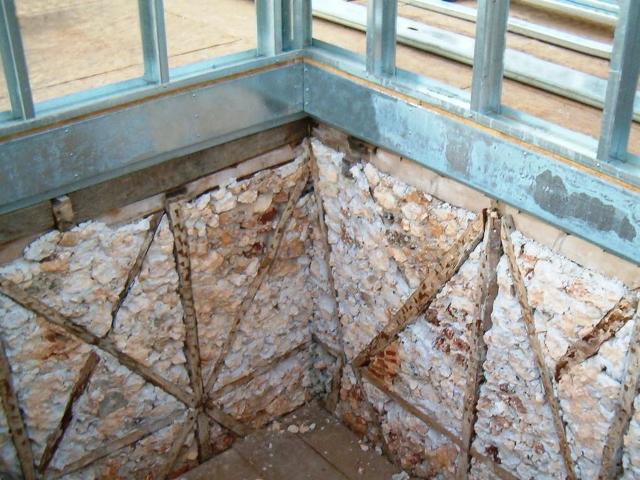Gaiola (construction) on:
[Wikipedia]
[Google]
[Amazon]
 A gaiola pombalina (Pombaline cage; ) is a
A gaiola pombalina (Pombaline cage; ) is a


 A gaiola pombalina (Pombaline cage; ) is a
A gaiola pombalina (Pombaline cage; ) is a masonry
Masonry is the craft of building a structure with brick, stone, or similar material, including mortar plastering which are often laid in, bound, and pasted together by mortar (masonry), mortar. The term ''masonry'' can also refer to the buildin ...
building reinforced with an internal wooden cage, developed as an anti-seismic construction system in Portugal
Portugal, officially the Portuguese Republic, is a country on the Iberian Peninsula in Southwestern Europe. Featuring Cabo da Roca, the westernmost point in continental Europe, Portugal borders Spain to its north and east, with which it share ...
after the 1755 Lisbon earthquake
The 1755 Lisbon earthquake, also known as the Great Lisbon earthquake, impacted Portugal, the Iberian Peninsula, and Northwest Africa on the morning of Saturday, 1 November, All Saints' Day, Feast of All Saints, at around 09:40 local time. In ...
and implemented during the reconstruction of Lisbon Baixa ''(Lisbon
Lisbon ( ; ) is the capital and largest city of Portugal, with an estimated population of 567,131, as of 2023, within its administrative limits and 3,028,000 within the Lisbon Metropolitan Area, metropolis, as of 2025. Lisbon is mainlan ...
downtown)''.
Background
The catastrophic event of 1755 showed the fragility of the masonry construction, which is not able to absorb and dissipate the energy released by the earthquake. Downtown Lisbon was heavily damaged and, in anticipation of similar catastrophe, a new construction method was developed. The entire downtown was razed to make way for a rebuilding initiative, which was centered on the gaiola pombalina system. The term gaiola meant "cage" and was named after theSebastião José de Carvalho e Melo Sebastião is Portuguese for ''Sebastian''.
This name may refer to:
People
* Sebastião (given name)
Places
* Sebastião Barros, a town in the state of Piauí, Brazil
* Sebastião Laranjeiras, a city in the state of Bahia, Brazil
* Sebastião Lea ...
, the first Marquis of Pombal
A marquess (; ) is a nobleman of high hereditary rank in various European peerages and in those of some of their former colonies. The German-language equivalent is Markgraf (margrave). A woman with the rank of a marquess or the wife (or widow) ...
. He was the Portuguese minister who introduced the building method.
Features of the old buildings that survived were retained while those that did not were replaced. There are sources that cite the construction methods in shipbuilding
Shipbuilding is the construction of ships and other Watercraft, floating vessels. In modern times, it normally takes place in a specialized facility known as a shipyard. Shipbuilders, also called shipwrights, follow a specialized occupation th ...
as the inspiration of the three-dimensional wooden structure. Wood, being deformable, resists the forces of tension and compression that occur during an earthquake.


Features
Masonry is more effective than wood in resisting fires. Therefore, incorporating a wooden structure in masonry walls combined the advantages of both types of construction. The gaiola pombalina building features a traditional timber flooring and a hybrid timber-masonry shear walls. The walls were constructed using a woodentruss
A truss is an assembly of ''members'' such as Beam (structure), beams, connected by ''nodes'', that creates a rigid structure.
In engineering, a truss is a structure that "consists of two-force members only, where the members are organized so ...
system that was filled with masonry in the empty areas.
The gaiola pombalina system was also adopted by other European cities. There is the case of the palace built according to the concept of gaiola in the town of Filogaso in the Calabria
Calabria is a Regions of Italy, region in Southern Italy. It is a peninsula bordered by the region Basilicata to the north, the Ionian Sea to the east, the Strait of Messina to the southwest, which separates it from Sicily, and the Tyrrhenian S ...
region. It was the only remaining building after the town was completely destroyed by an earthquake in 1783.
See also
* Pombaline styleReferences
Buildings and structures by construction material Earthquake engineering {{architecture-stub